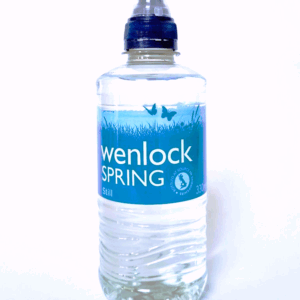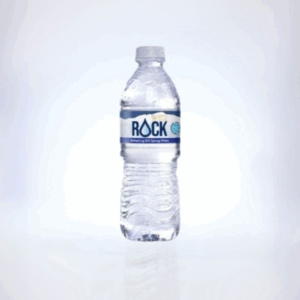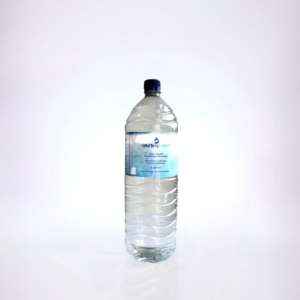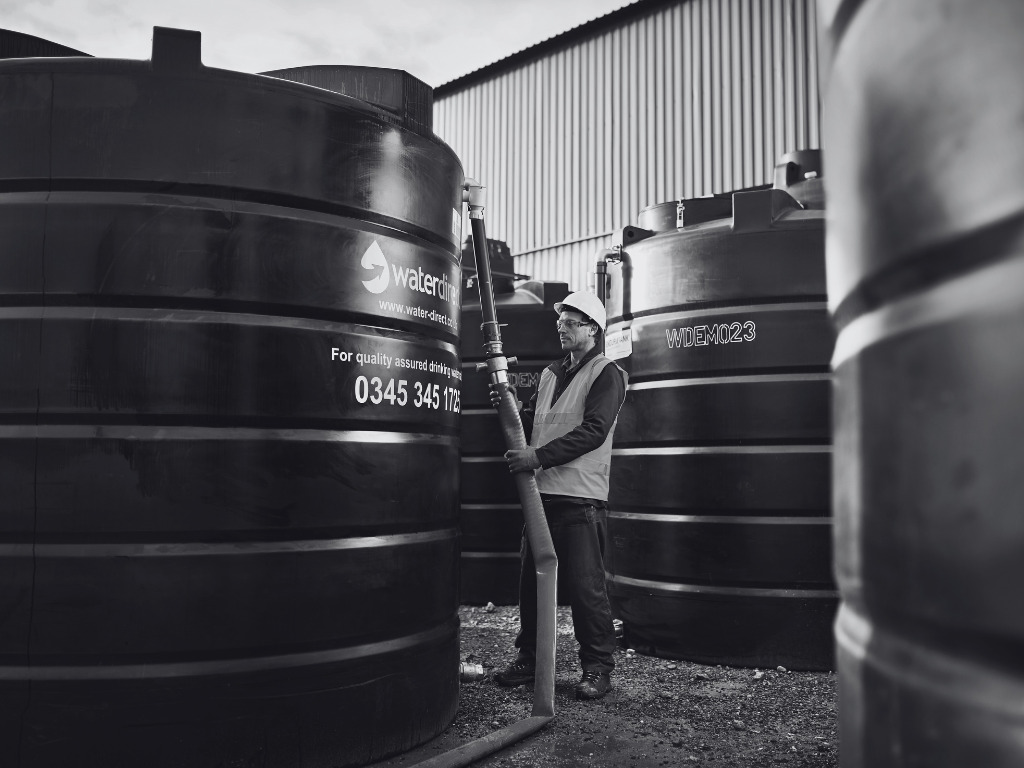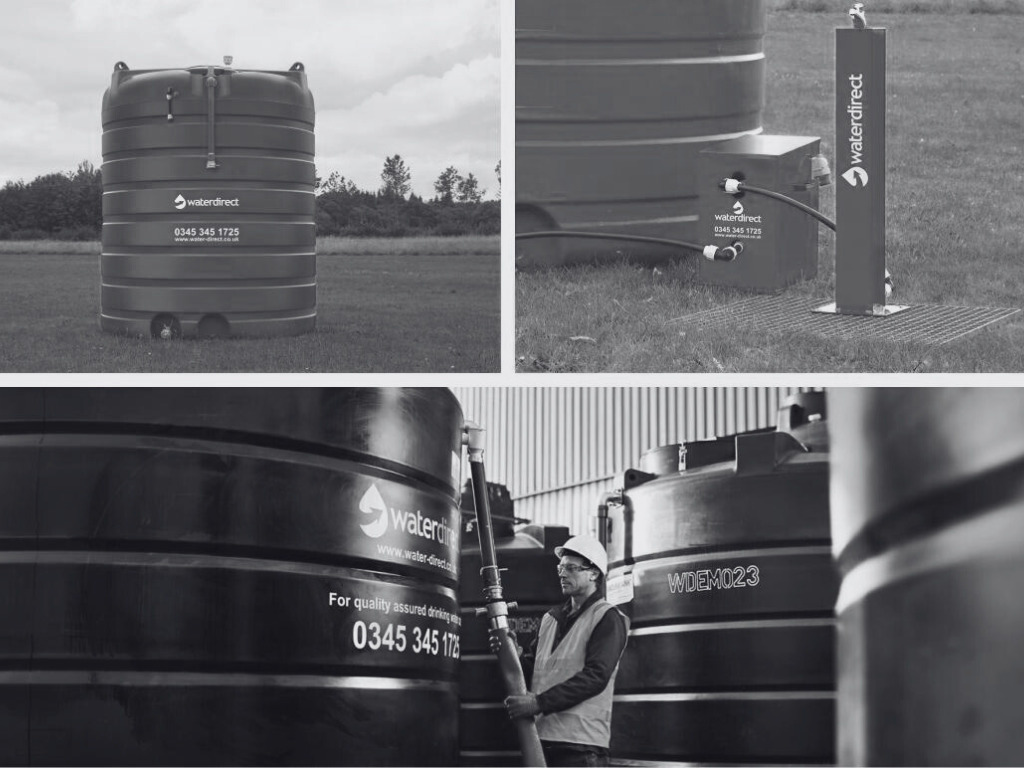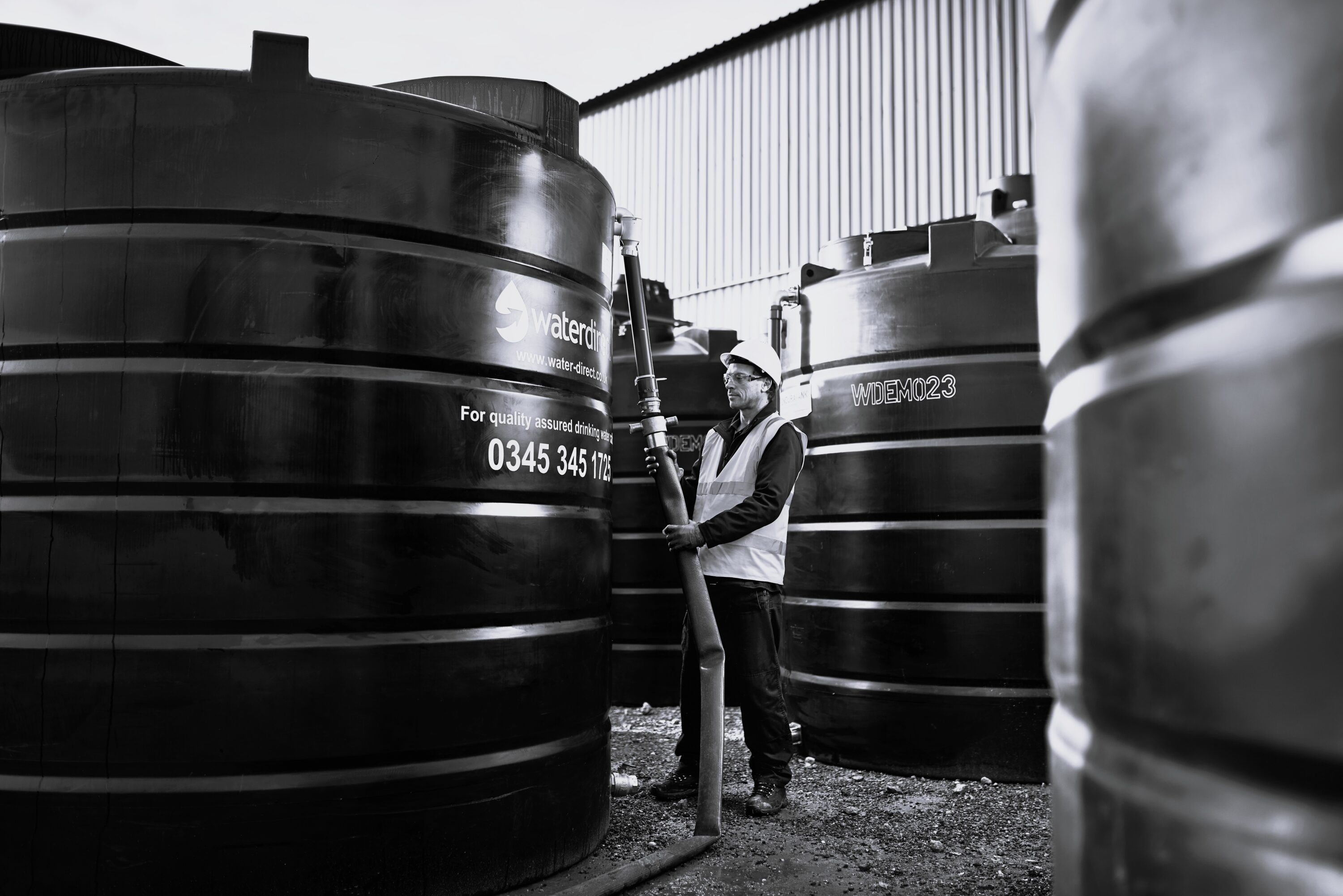
How to Clean a Water Storage Tank (Easy & Complete Guide)
Guide to Safely Clean and Maintain Your Water Storage Tank
Keeping your water storage tank clean is essential if you want clean, safe water in your home. Whether it’s a tank for drinking water, rainwater, or general household use, regular water tank cleaning helps remove dirt, algae, and bacteria that build up over time.
We’ve put together an easy-to-understand guide that explains how to clean a water storage tank, when to do it, and what tools make it easier.
When Should You Clean a Water Storage Tank?
A water tank should be cleaned at least once a year, but in some cases, more frequent cleaning is better. You may need to clean your tank more often if:
- The water smells or tastes bad
- You see green or slimy buildup inside
- A water test for bacteria
- You’re using well water, and the well was recently repaired or flooded
- The tank is outdoors in direct sunlight
- The tank is made of light-colored material and gets warm easily
- It’s been more than 12 months since the last clean
If you notice anything unusual about the water or how the tank looks inside, it’s a good idea to clean it right away.

How to Clean a Water Storage Tank: Step-by-Step
Here’s a clear breakdown of how to clean a water storage tank properly:
Step 1: Drain the Tank
Turn off the water supply and empty the tank completely. Use the drain valve at the bottom or a bucket if needed. Make sure all water is removed, even the small amount left at the bottom.
Tip: For large water storage tanks, a wet vacuum or pump can help remove leftover water that’s hard to reach.
Step 2: Scrub the Inside
With the tank empty, scrub the inside using a brush and soapy water. Focus on corners and hard-to-reach spots. You can use a long-handled brush or an adjustable one for deeper tanks.
For stubborn areas or slimy buildup, you can use a mix of water and either household bleach (in small amounts) or baking soda. Never use harsh cleaners that leave harmful residue.
Step 3: Rinse Thoroughly
Use clean water and a hose to rinse the inside well. You may need to rinse it 2 to 3 times to make sure no soap or bleach is left behind.
Step 4: Disinfect (Optional)
If your tank is used for drinking or kitchen water, the disinfection process is essential. Here’s a simple method using bleach:
- Add 1 ounce of bleach for every 60 gallons of water, or 0.5 ml per gallon
- Fill the tank with water and let it sit for at least 30 minutes
- Afterwards, drain it and rinse again with clean water
Note: If the tank is used only for gardening, disinfection may not be needed.
Step 5: Test the Water (Optional for Drinking Use)
If your water storage tank is for drinking use, it’s smart to test the water to make sure there’s no bacteria left. You can use test strips at home or get a sample tested by a lab.
Check that chlorine safe levels are maintained and that no harmful bacteria like coliform are present.
Step 6: Repeat if Needed
If the test shows bacteria or the tank still smells of bleach, you may need to repeat the disinfection or give it more time to air out before using.
For expert water solutions, trusted supplies, and emergency support across the UK, visit Water Direct.
What Kind of Tanks Need Cleaning?
These steps work for most types of water tanks, including:
- Drinking water tanks
- Rainwater tanks
- Emergency water storage tanks
- IBC totes
- RV or camper water tanks
- Tanks used in gardens or on farms
Regardless of the size, whether 100 gallons or 15,000, they all benefit from regular cleaning.
Tips to Keep Your Water Tank Cleaner for Longer
Keeping your clean water tank in good condition doesn’t end with one cleaning. Follow these tips:
- Keep the tank covered tightly at all times
- Avoid letting leaves, insects, or dust enter the inlet pipe
- Use a first flush system if you use rainwater collection
- Install a tank filter for better protection
- Check the tank monthly for algae or smell
Regular maintenance can extend the life of your tank and reduce cleaning efforts.
Need a fast, professional refill after cleaning? Our water tanker services can deliver clean, safe water directly to your tank, wherever you are in the UK.
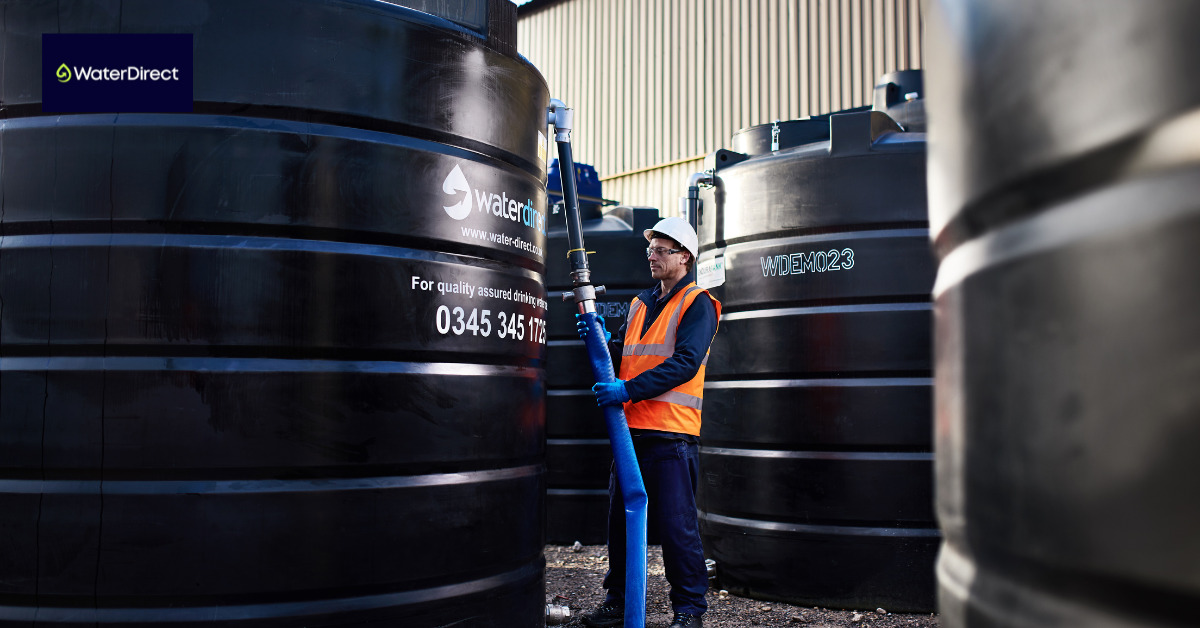
Conclusion
A clean tank means safe water, a healthy family and Better water flow and pipe performance.
Knowing how to clean a water storage tank is crucial for every homeowner. It’s not complicated, just a bit of time, a few tools, and a regular habit. Add it to your seasonal checklist, and your water will always be fresh, odour-free, and safe to use.
FAQs
Q: How often should I clean my water tank?
Once every 6 to 12 months. More often, if it’s in direct sunlight or if the water starts to smell or look unusual.
Q: Is bleach safe to use in a water tank?
Yes, in small amounts. Be sure to rinse the tank thoroughly and follow the proper measurements.
Q: Can I go inside the tank to clean it?
No. Entering a tank is unsafe unless you’re trained. Always clean from the outside with brushes or sprayers.
Share:
